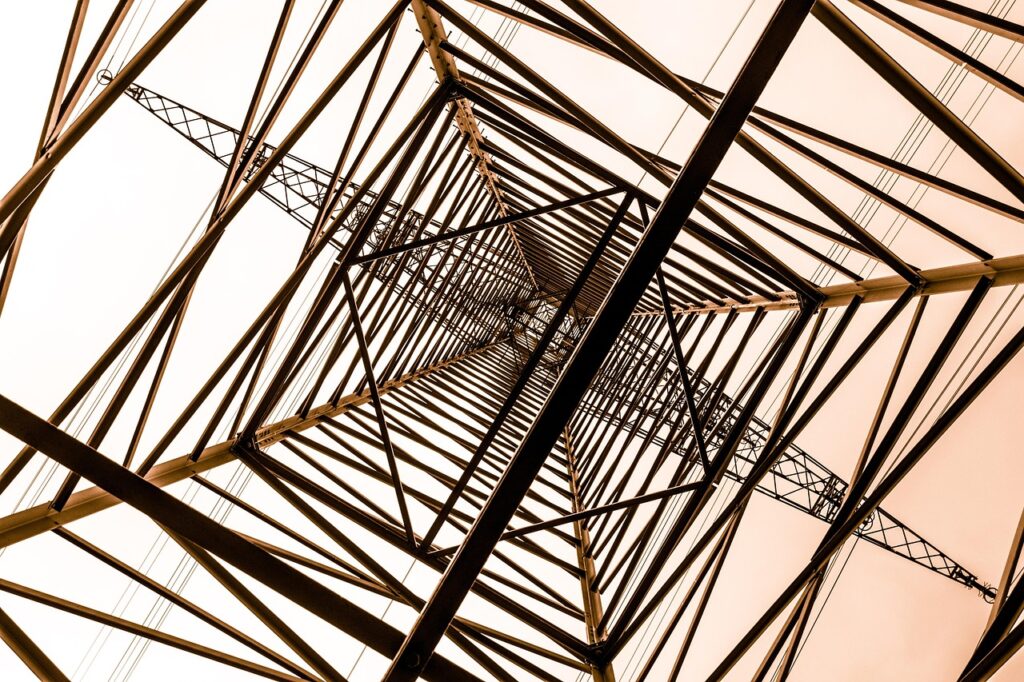At 12:35 p.m. on August 20, electricity demand on Jiangsu’s power grid hit 155,000 MW, the fourth record peak of the summer and a 5.99% increase over last year’s maximum load.
The surge reflects both sustained economic growth—Jiangsu’s GDP has now surpassed 13 trillion yuan—and rising residential demand from a population of more than 85 million. Despite the pressure, the grid has maintained stable operations, underscoring the impact of recent investments in capacity, system resilience, and renewable integration.
Coal-fired generation remains a cornerstone of peak supply in Jiangsu. At its maximum this summer, coal plants delivered 78,710 MW, accounting for roughly 45% of demand and marking a 7.14% year-on-year increase. This reliance highlights the difficulty of reducing coal dependence even as the province expands renewable capacity. The scale of peak load would have been difficult to balance without dispatchable coal, pointing to the challenge of managing both system reliability and decarbonization commitments.
Transmission projects have been equally critical. Jiangsu has leveraged ultra-high-voltage (UHV) infrastructure to channel electricity generated thousands of kilometers away into its industrial and residential hubs. Key assets include the ±800 kV Jiansu and Jinsu direct-current (DC) lines, alongside the ±500 kV Longzheng DC line, all designed to relieve local constraints by pulling in remote hydro, wind, and solar. These UHV corridors not only improve system flexibility but also help diversify supply sources at moments of extreme demand.
Renewables, meanwhile, are no longer marginal. Installed capacity in Jiangsu has reached 110,000 MW, and on August 20 wind and solar combined to deliver 55,470 MW—roughly 40% of total supply at peak. This represents one of the highest renewable contributions to peak demand recorded in a Chinese coastal province. Yet the intermittency of wind and solar remains a limiting factor, reinforcing the province’s strategy of strengthening grid architecture to better absorb fluctuating output.
State Grid Jiangsu Electric Power has focused on building what it describes as four interconnected networks: a transmission backbone, a smart distribution system, advanced microgrids, and a province-wide information platform. Notably, China’s first “AC-to-DC conversion” transmission project has entered service in Jiangsu, improving north-south interconnection across the Yangtze River. Since commissioning, it has already transmitted over 8 billion kilowatt-hours, demonstrating its role in balancing provincial imbalances and integrating larger volumes of renewable electricity.
Stay updated on the latest in energy! Follow us on LinkedIn, Facebook, and X for real-time news and insights. Don’t miss out on exclusive interviews and webinars—subscribe to our YouTube channel today! Join our community and be part of the conversation shaping the future of energy.





